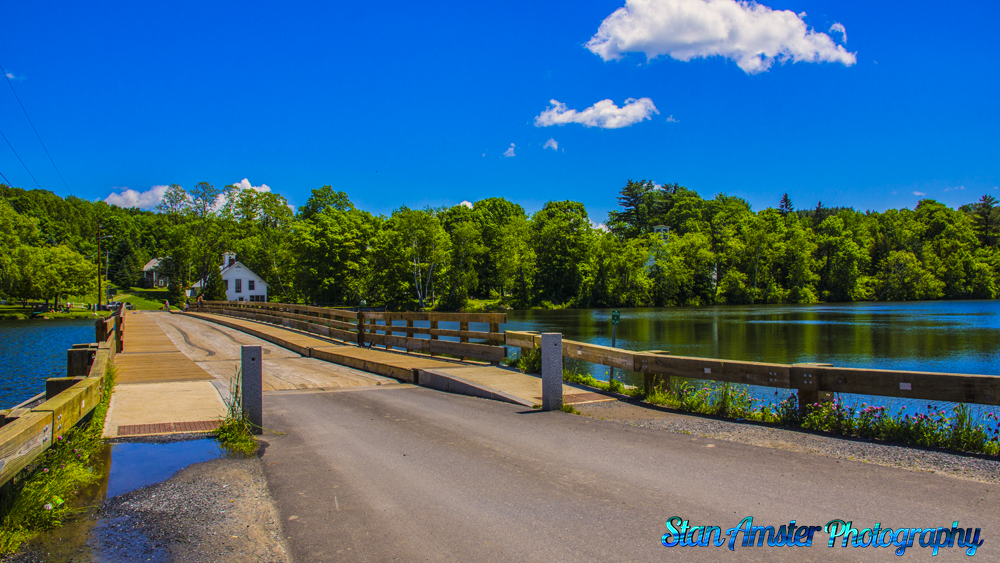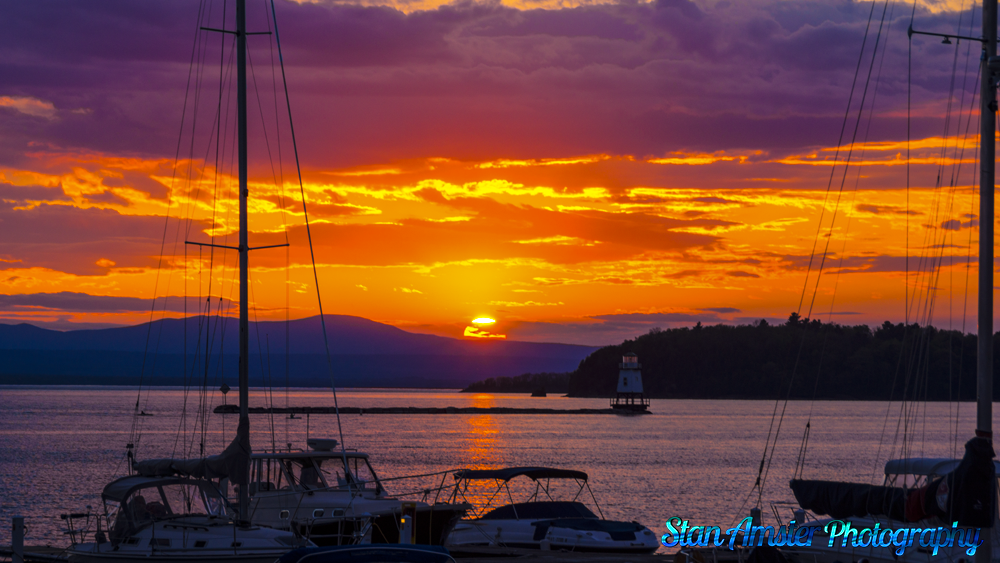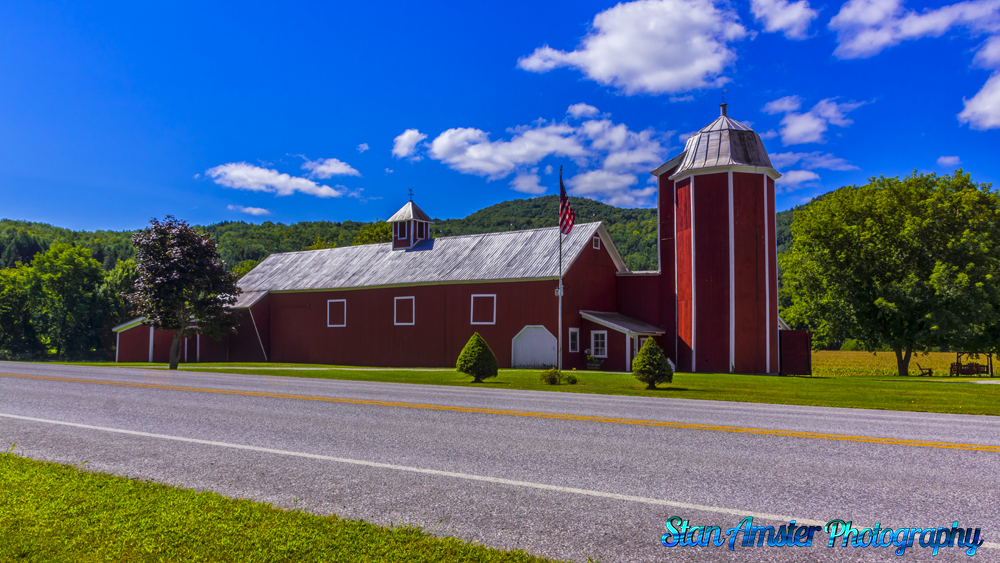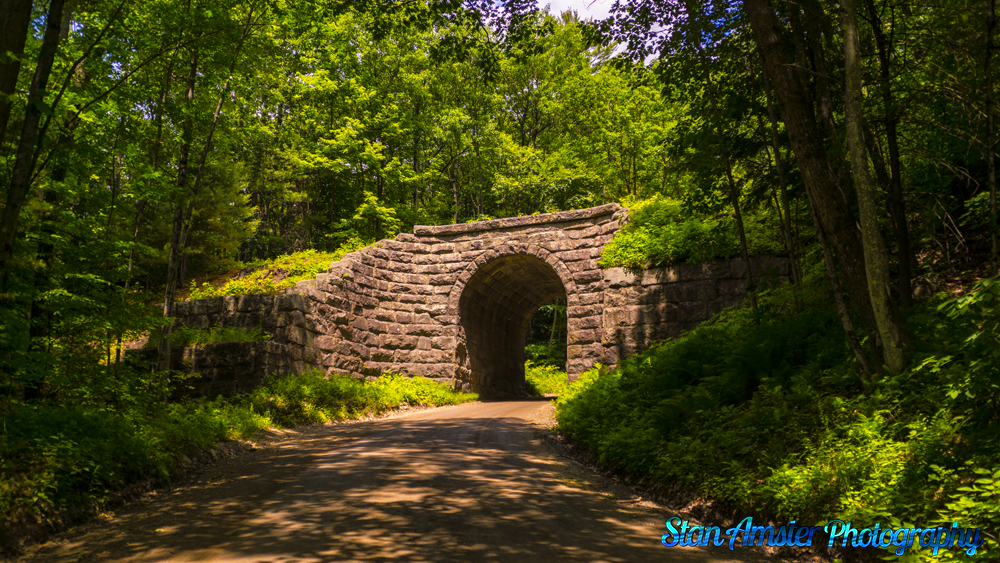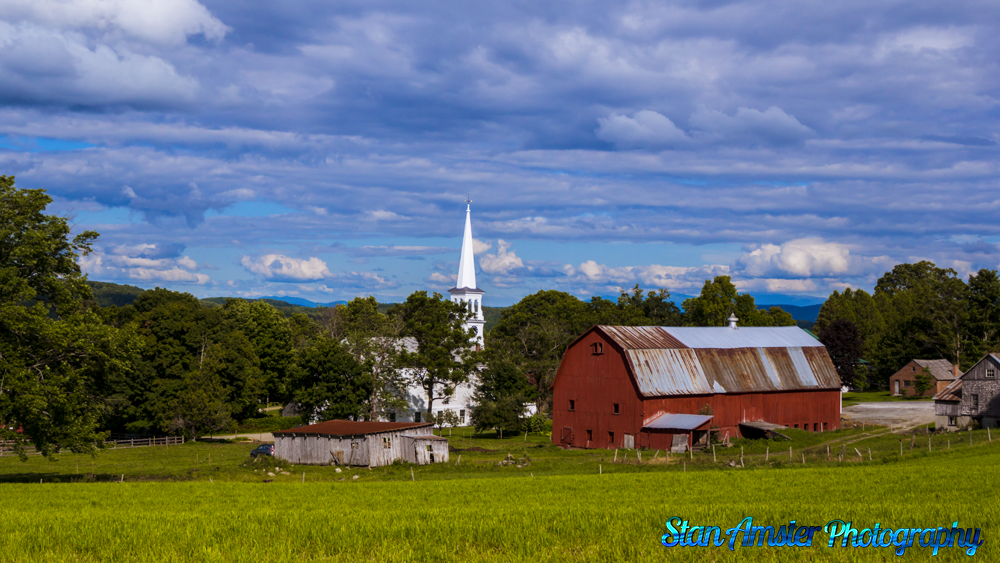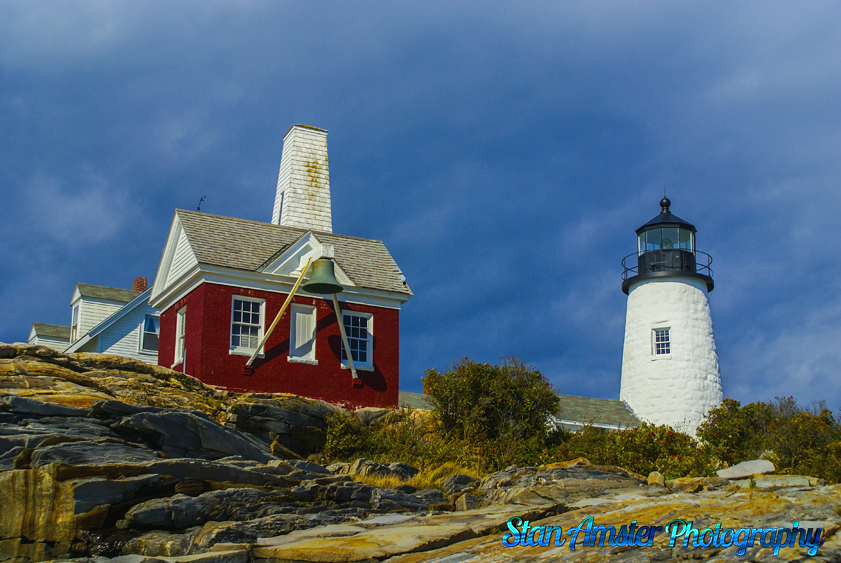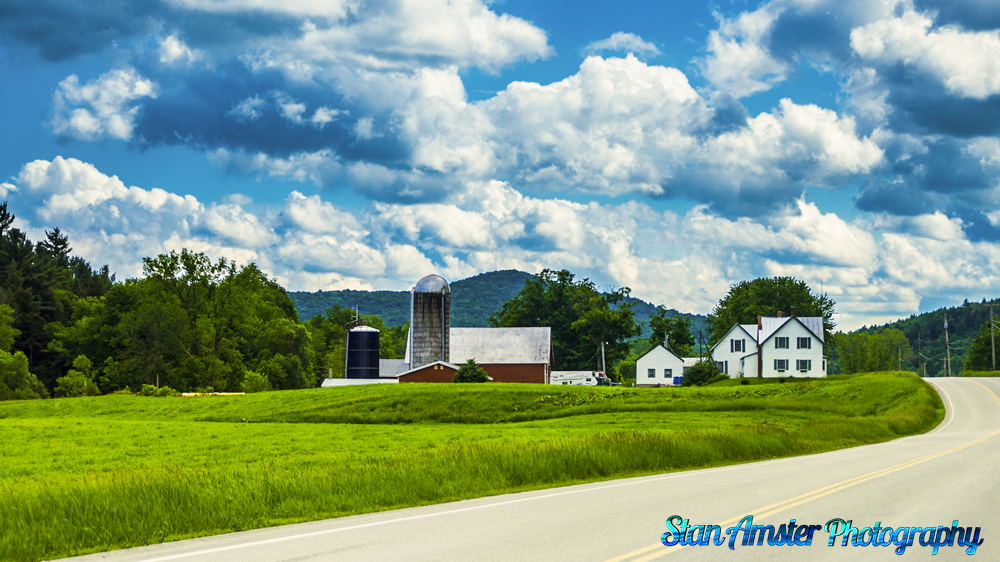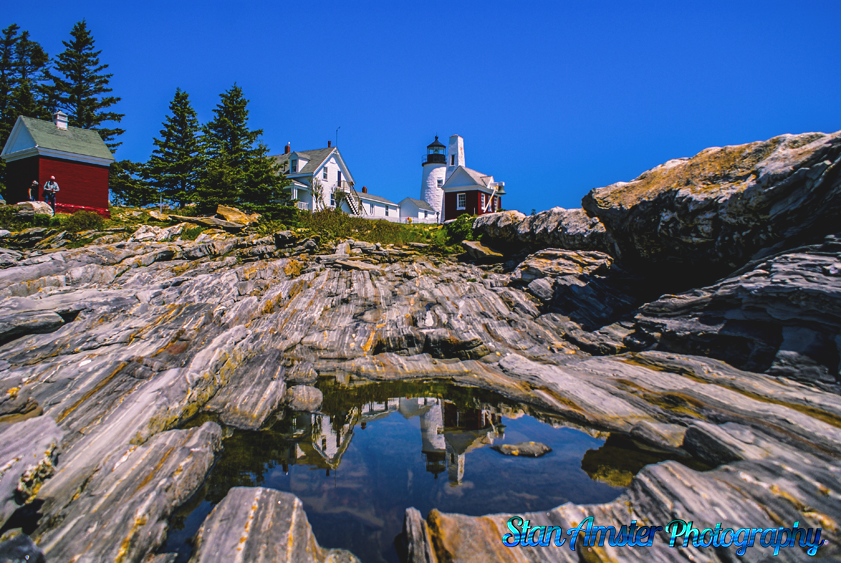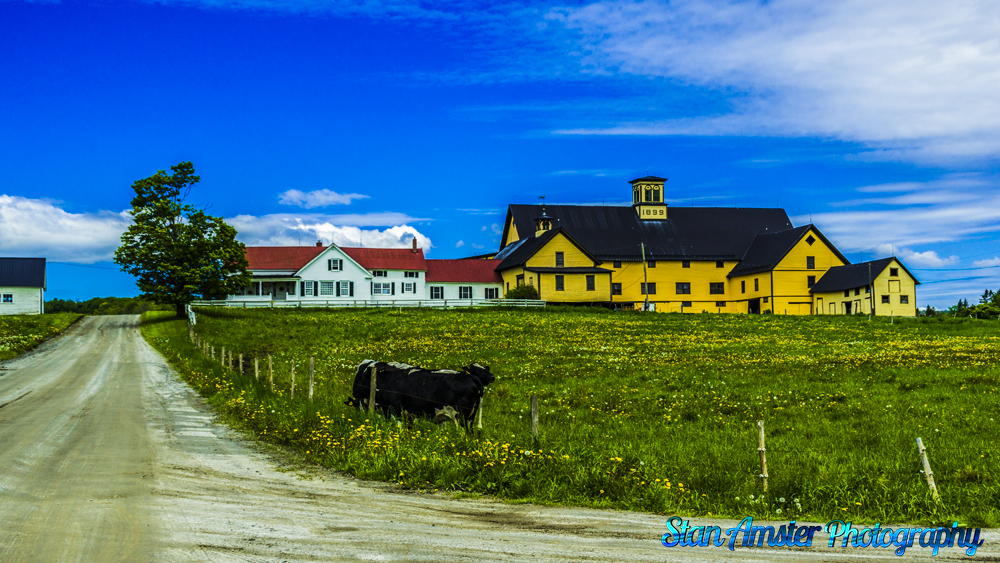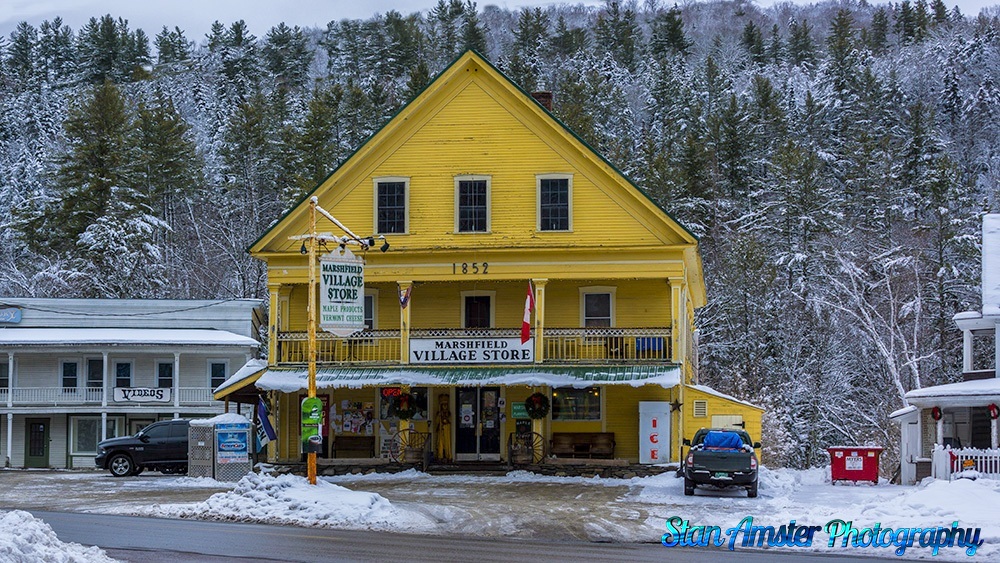Middlebury Falls in Middlebury Vermont
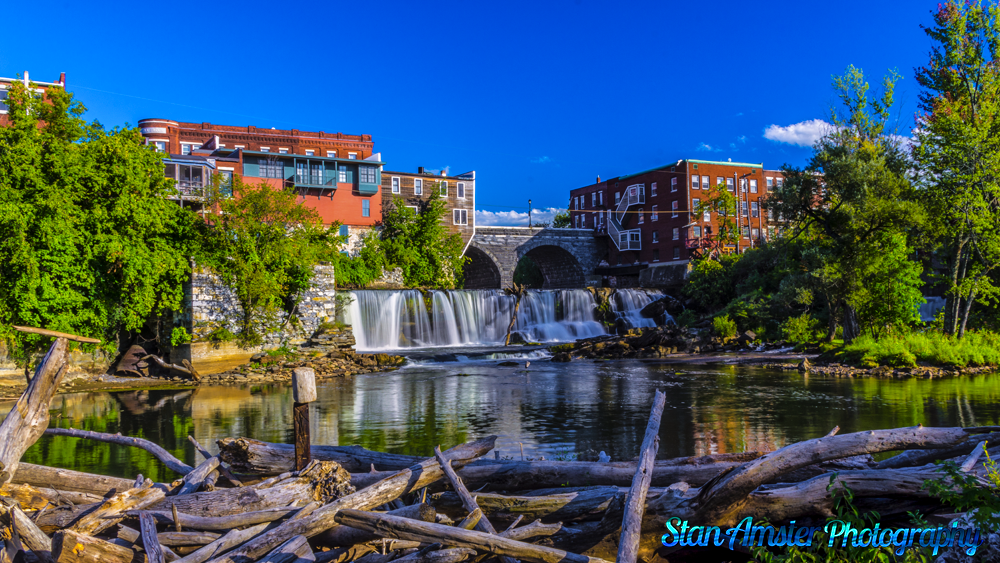
Middlebury Falls is an impressively broad waterfall along Otter Creek located in downtown Middlebury Vermont. The falls plunge only 18 feet over an undercut shelf, but stretch 170 feet across and during periods of higher flow the river will overwhelm the entire cliff face, while during the summer and early autumn months it may segment into two or three distinct channels. Remnants of a small millrace on the right side of the falls are also visible, with a small portion of the creek being diverted through, though not nearly enough to impact the volume of water actually flowing over the falls.
Despite being an urban waterfall, found right in the center of the town of Middlebury, the development around the falls doesn’t detract from the scene quite as much as one might otherwise assume at first glance, and the city has done a great job at both embracing the falls and providing multiple public open spaces with views of the falls. A long metal footbridge spans Otter Creek downstream from the falls and provides interesting views through a grove of trees adjacent to the old mill race, and a nice park with ample open space on the north side of the stream allows for airy, unobstructed views of the whole falls.
Middlebury Falls in Middlebury Vermont Read More »

